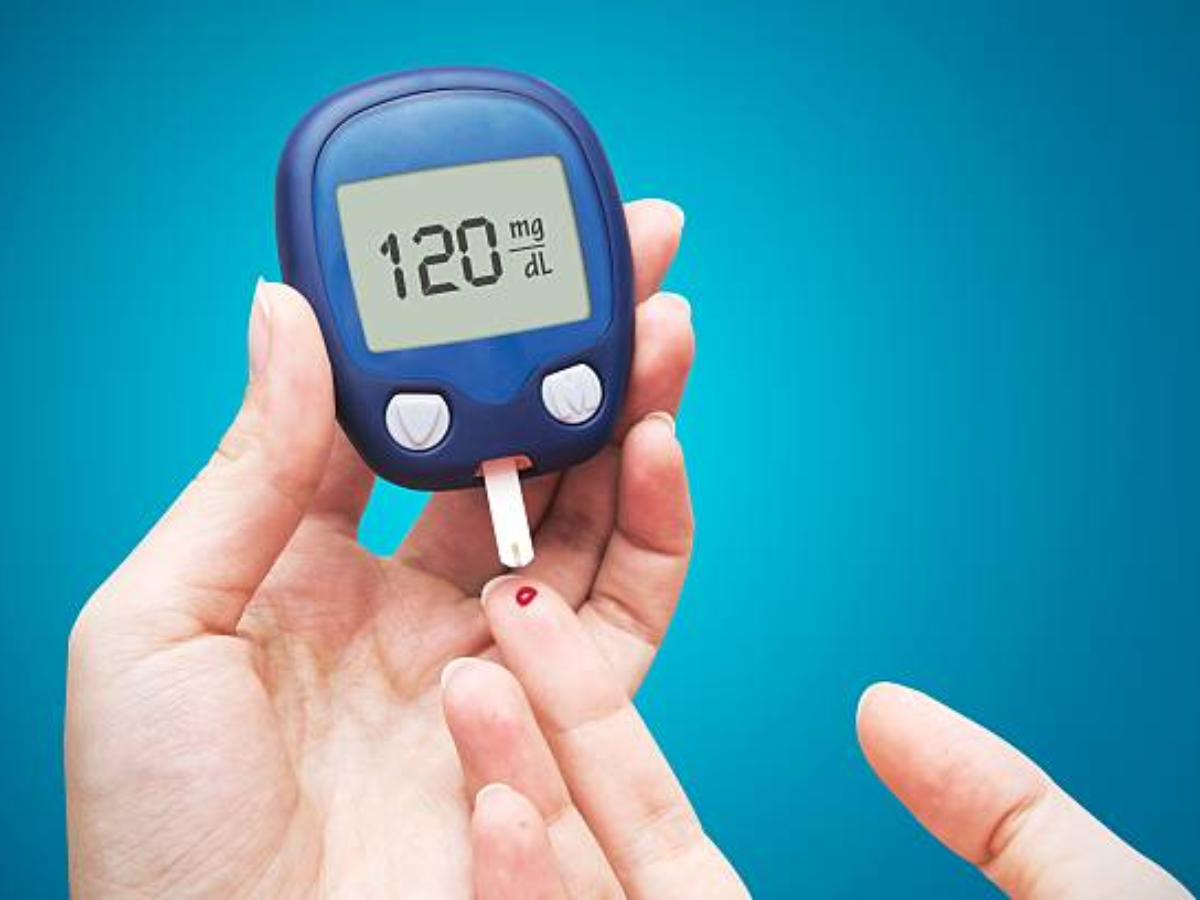There are different types of diabetes and each type differs from the rest Millions are affected with diabetes worldwide. While the common one is diabetes mellitus, there are different types of diabetes which affect a significant part of the population. In order to get effective treatment, you need to understand which diabetes you are suffering from.
Diabetes can lead to a range of health concerns and here arises the need to understand the differences between each type of diabetes. Despite their similar names, they are fundamentally different conditions with unique causes, symptoms, and treatments. Diabetes mellitus is blood sugar issue Diabetes mellitus is the more commonly known form of diabetes.

It is of several types, including Type 1, Type 2, and gestational diabetes. The primary issue in diabetes mellitus is the body’s inability to effectively manage blood glucose levels. This results from either insufficient insulin production (Type 1), insulin resistance (Type 2), or hormone changes during pregnancy (gestational diabetes).
Symptoms of diabetes mellitus If you are experiencing symptoms like excessive thirst, frequent urination, extreme fatigue, blurred vision, or unexplained weight loss, you might be dealing with diabetes mellitus. These symptoms arise because high blood sugar levels lead to the body trying to flush out excess glucose through urine, resulting in dehydration and a constant feeling of thirst. Diabetes insipidus is relatively rare and happens when the kidneys are unable to conserve water Diabetes insipidus is a rare condition characterized by problems with the body’s ability to regulate fluid balance.
This disorder is not related to blood sugar levels but rather to the kidneys’ inability to concentrate urine, leading to excessive thirst and urination. Diabetes insipidus can be caused by issues with the antidiuretic hormone (ADH) produced by the pituitary gland or a problem with the kidneys' response to this hormone. The two main types are central diabetes insipidus, which results from a deficiency of ADH, and nephrogenic diabetes insipidus, where the kidneys don’t respond properly to ADH.
Symptoms of diabetes insipidus Symptoms of diabetes insipidus include an intense and persistent thirst, the production of large volumes of dilute urine, and frequent nighttime urination. This condition can lead to dehydration and electrolyte imbalances if not properly managed. Unlike diabetes mellitus, diabetes insipidus doesn’t involve high blood sugar levels but rather issues with fluid balance and hormone regulation.
How to tell which one you have Distinguishing between diabetes mellitus and diabetes insipidus requires a combination of symptom assessment and medical testing. If you are experiencing symptoms like excessive thirst, frequent urination, and significant weight loss, you should consult with a healthcare provider to determine the underlying cause. Blood tests are essential in diagnosing diabetes mellitus.
They measure glucose levels and assess how well your body is managing sugar. Common tests include fasting blood glucose tests, HbA1c tests, and oral glucose tolerance tests. For diabetes insipidus, urine tests and blood tests to measure sodium and potassium levels are used.
A water deprivation test may be conducted to see how your body responds to fluid restriction. What are the complications? Diabetes mellitus and diabetes insipidus can lead to distinct complications. For diabetes mellitus, complications include cardiovascular disease, neuropathy, retinopathy, and nephropathy due to prolonged high blood sugar levels affecting blood vessels and nerves.
Untreated, it can result in severe conditions like heart attack, stroke, and kidney failure. Diabetes insipidus, while not affecting blood sugar, can cause complications like severe dehydration, electrolyte imbalances, and kidney damage due to excessive urination and fluid loss. Prevention tips For diabetes mellitus, maintaining a healthy lifestyle with regular monitoring of blood sugar levels, a balanced diet, and prescribed medications is key.
Engaging in physical activities that you enjoy and managing stress can also help keep blood glucose levels in check. Diabetes increases stroke risk: Here's how to stay safe Managing diabetes insipidus involves staying well-hydrated and adhering to the medication regimen prescribed by your doctor. It’s also essential to monitor your fluid intake and output to avoid dehydration and ensure your body maintains a proper balance.
Visual Stories 8 must-have beauty products for everyday use All about the other stylish ‘Samantha’ in Naga Chaitanya's life, Samantha Dhulipala Sonam Bajwa's Bridal Elegance: A Style Guide in Pictures World Elephant Day: Best elephants reserves in India 8 lesser-known benefits of drinking Ginger Tea on an empty stomach 7 milk alternatives for lactose intolerants Shraddha Kapoor turns heads in red during 'Stree 2' promotions 15 lesser-known wildlife sanctuaries in India 10 habits that can propel your child to success Photostories Featured In lifestyle MORE FROM E TIMES.



















